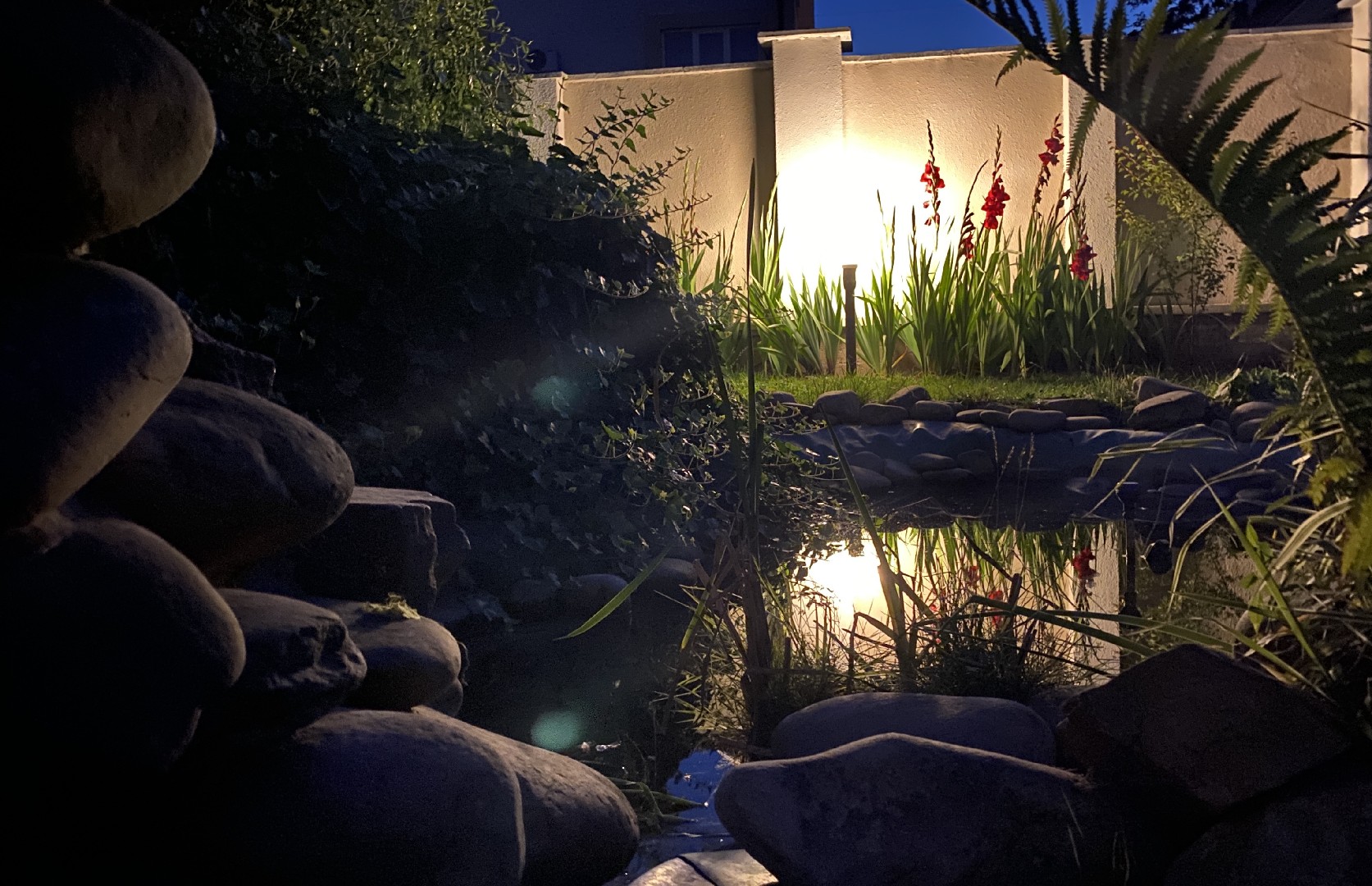![Rectangle]()
The Dramatic Power of Shadows
Understanding the concept of chiaroscuro, or light-dark balance, is key to creating captivating landscape designs. Chiaroscuro is an artistic technique that involves the use of strong contrasts between light and dark areas to create a sense of depth and drama. When applied to landscape design, this technique can transform a simple garden into a visually striking masterpiece.
Analyzing the potential of shadows is crucial when designing outdoor spaces. Shadows have the ability to add visual depth and create interesting contrasts within a garden. By carefully placing plants, structures, and objects, a skilled landscape designer can manipulate the play of light and shadow to create a dynamic and visually stimulating environment.
But shadows do much more than just add depth and contrast. They also possess the power to enhance the sense of drama and mystery in a landscape. Imagine walking through a garden where dappled sunlight filters through the leaves, casting long, intriguing shadows on the ground. This interplay of light and shadow creates an atmosphere of enchantment and invites exploration.
To fully utilize the dramatic power of shadows in landscape design, it is important to consider the overall mood you wish to create. Shadows can evoke a range of emotions, from tranquility and serenity to excitement and anticipation. By strategically incorporating shadows, a designer can guide the viewer's experience and shape the emotional response to the space.
One practical method for harnessing the power of shadows is to carefully choose plantings that cast interesting shadows. Plants with intricate foliage, such as ferns or laceleaf Japanese maple, can create captivating shadow patterns when hit by sunlight. Additionally, using structures such as pergolas, trellises, or even tall trees can create dramatic shadows that change throughout the day.
Another technique is to experiment with artificial lighting. By placing spotlights or uplights strategically, you can create dramatic and dynamic shadow play during the evening hours. This not only extends the visual intrigue into the night but also allows the landscape to transform from day to night, offering a completely different experience.
In conclusion, understanding the concept of chiaroscuro and leveraging the power of shadows is essential for creating captivating landscape designs. Shadows have the ability to add depth, contrast, and drama to outdoor spaces. By carefully considering the play of light and shadow, choosing plantings that cast interesting shadows, and experimenting with artificial lighting, you can elevate your landscape design to new heights. So, embrace the drama of shadows and unleash the full potential of your garden.





